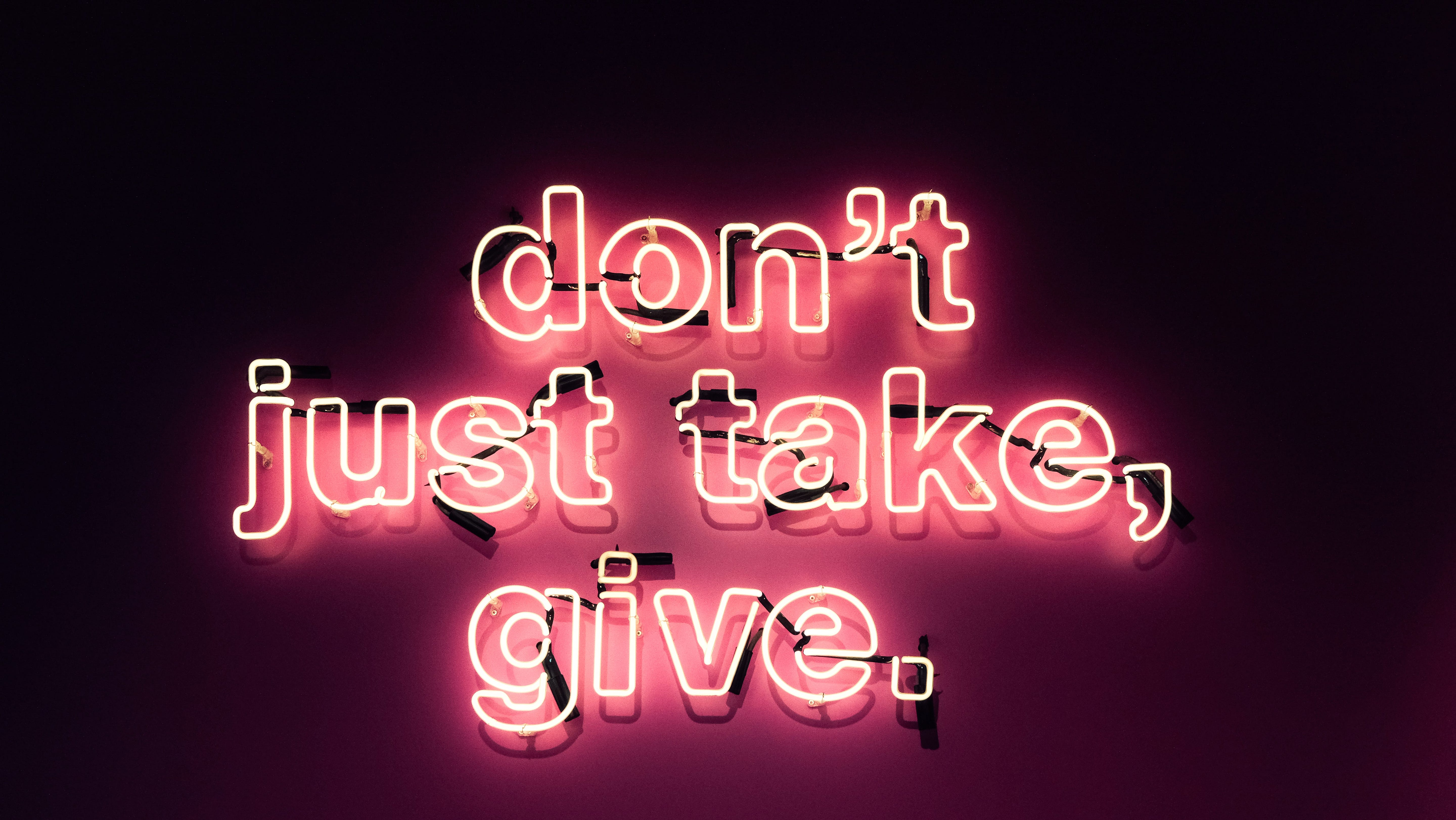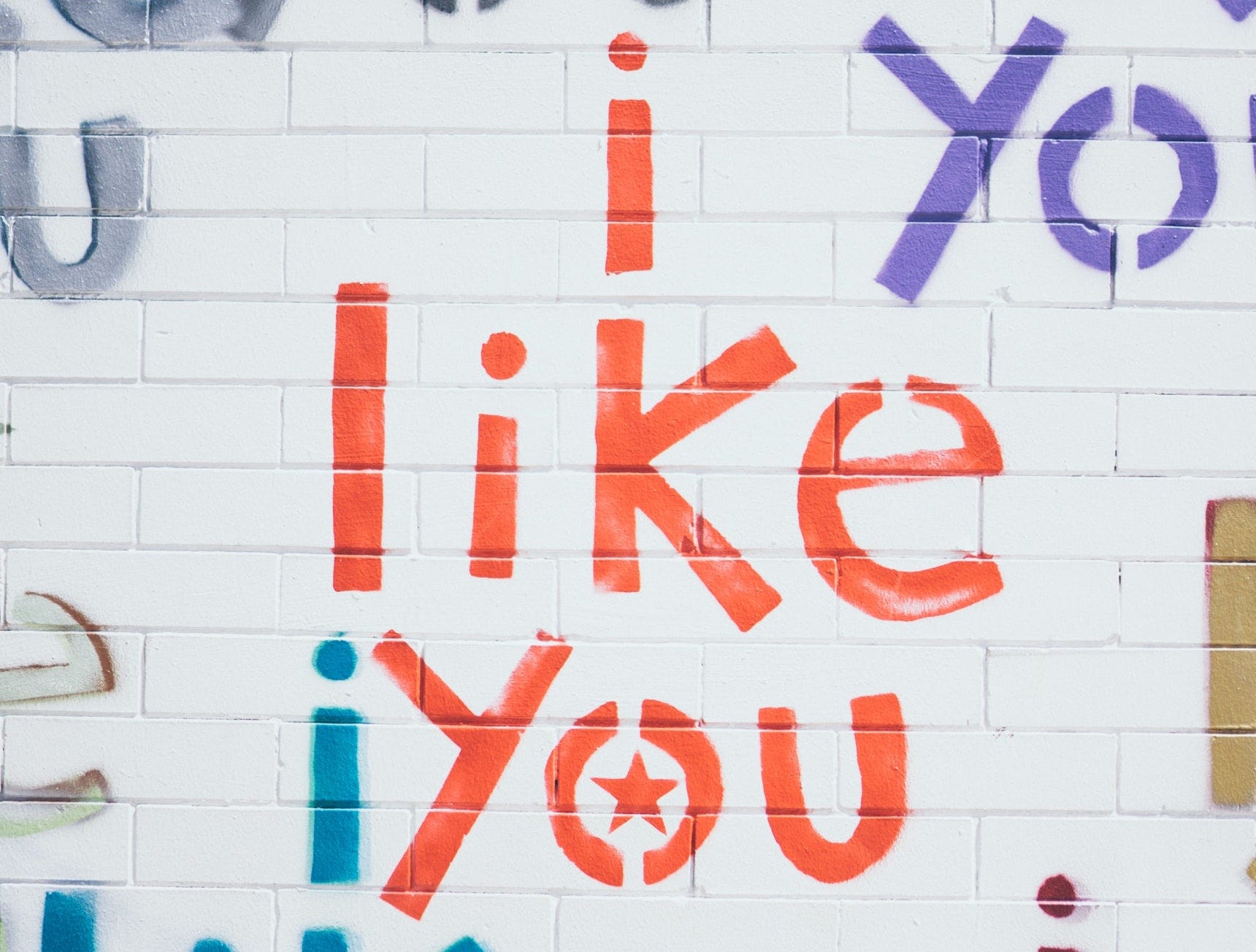How to design a customer referral program that converts
Create a growth engine for your company when you properly design a customer referral program.
What do Dropbox, Airbnb, and Branch all have in common? They each would be a different company today without their customer referral programs. Dropbox would likely be in the TechCrunch DeadPool, Airbnb would have grown slower, and Branch wouldn’t exist as a company.
Referral programs supercharged by software enable you to grow your existing customer base by a consistent multiple month-over-month. For most SaaS and marketplace startups, a referral program is a must-implement customer acquisition strategy that turns your current customers into your most prominent evangelists. Referral programs don't make your app "go viral." Instead, they incentivize word-of-mouth marketing.
Referral programs don’t make your app “go viral.” Instead, they incentivize word-of-mouth marketing.
Any referral program's goal is to lower your average customer acquisition cost significantly. If you're spending $100 for every new paying customer, your referral program should generate new customers for pennies on the dollar up to $15. It's always easier to increase the value you give referring customers than to pull back the rewards you offer. If you need to provide more value to generate referrals, continue improving your offer until you've found something that excites your customers.
What you need to get started
A great referral program can transform your business, but your company needs to get a few things in place before you get started.
1. Customers
Don't waste your time or resources building a referral program into your product on day one. Without an existing customer base, your referral program will fail to recoup its implementation costs quickly. You're better off focusing on other marketing channels until you have a few thousand monthly active users. Once you've achieved product-market fit and have a few channels driving customers to your product, you can start architecting your referral system. Remember, it's OK if you employ a freemium model and only a percentage of your customers have upgraded to paid plans.
2. A product worth talking about
Your customers need to love, love, love, loooove your product. That's right; your product fulfills an unmet need in the market, or you've solved a problem 10x better than any competitor. Paid and unpaid customers want to sing your praises from the podium of your industry's largest conference. You can still see results from a referral system if your Net Promoter Score isn't close to 100 — but the more your customers love what you do, the better your program will perform.
3. A self-serve product
While creating a referral program for your enterprise software product with a 6-12 month sales cycle is possible, the results will always lag when compared to self-serve SaaS and marketplace products. When customers can enter their credit card on your site or app, they complete the entire referral loop without involving anyone from your team. Automated software processes reduce steps and friction, increasing the conversion rate of referrals. If you want consistent month-over-month growth from your referral program, you must remove your employees from the process and allow your automated money-printing system to work independently.
4. Something to give away
What can you give away to incentivize people to refer their friends? Dropbox gives away storage space. Airbnb gives away cash. Your VOIP app can give away calling minutes. You want to give away something that costs you much less than your current cost of customer acquisition.
Think about features or other value you can let your customers unlock that cost you pennies per month. Dropbox's model is so brilliant because they give customers something that costs them almost nothing for making a referral. Dropbox makes customers happy by giving them more storage space while gaining new users who may upgrade to a paid plan. There's likely something your customers value that's inexpensive for you to deliver — that's what you need to give away.
Your first inclination may be to give away a free month of your SaaS service, but that's a trap you want to avoid or consider carefully. When you give away a free month, you snowball the complexity of your messaging and implementation instead of keeping it simple.
What if a customer with 30 seats and yearly billing refers five new customers in a month? Would they even care about the free credits they've earned? How would you credit customers of your mobile app that uses in-app purchases when you earn $0.70 for every dollar you charge? If a customer refers 12 friends, do they get to use your app for free for a year? What if they upgrade to a plan with more features later in the year? How do you apply the credits they earned and keep them happy?
There are dozens of other edge cases, so do yourself a favor and think of something more inventive than a month of your service that you can give away — strive for simplicity.
5. A trigger event for the reward
You don't want your customers to feel like they must climb a mountain to earn your reward. Your trigger event is the customer action that triggers the referral bonus. Depending on the cost of the reward you decide to give away, the trigger event could be as simple as a new user signing up for a free account. Some businesses with freemium models aim to fill the top of their funnel and then focus on converting a large percentage of each cohort to a paid plan.
You may want to tie your trigger event to a revenue event trigger so each new customer referred to your product pays for themself — Airbnb uses this strategy to grow its business consistently. Requesting someone to enter a credit card is a high-friction event, but if you offer that referral something to motivate them, you should see enough conversions to make your referral program successful.
Dropbox makes users download their desktop app to unlock referral rewards. The most engaged users of your product may take specific actions within your application after they sign up. You could require that all users complete a few onboarding steps as your trigger event, but be careful. As you add additional steps, your overall conversion rate will decrease because some customers will drop out at every step you add to the process.
Marketing channels for referral programs
You can give more than one option for your customers to refer their friends, but you want to promote referral options based on the strength of interpersonal relationships. Channels should be organized and included or excluded from your list as follows — SMS > direct mail > Whatsapp, Facebook Messenger, or Telegram > email > Facebook, Linkedin, or Twitter shares > link shares.
For example, there's a high probability that the person you send an SMS message to has you saved in their contacts. Most people read every text message, so the chances of getting someone to read your message and take action are much higher with SMS. Similarly, only a tiny percentage of your Facebook friends will see the link you share, and your generic post is impersonal. The chances of someone taking action on a social share are much less than the chances of them converting from a one-on-one message.
Direct mail is a channel, and that's no mistake — it can convert as well or better than SMS messages for the right product. You get a lot of junk mail at home, but you rarely get mail sent to your workplace. NextDoor uses direct mail and social proof messaging to get neighbors to sign up for their service. Twilio sends T-Shirts and other schwag to people who sign up for a developer account. There are now services that send snail mail via an API call, which makes sending postcards and company-branded items to customers as easy as sending an email.
Experiment with different channels when you design your referral program, but always promote the most interpersonal channels first.
Employing powerful physiological tactics
So far, we've discussed what you need to set up your referral program, but that's only half the battle. You must utilize messaging to motivate your customer and the referred person to complete the referral loop. Often you'll need to A/B test the messaging to see what physiological principles work best to inspire everyone to act.
Influence: The Psychology of Persuasion is a must-read book to learn about the physiology behind people's buying decisions. While there are ways to incorporate Commitment/Consistency and Authority principles in your messaging, we will focus on reciprocity, social proof, liking, and scarcity, which referral programs often leverage.
Reciprocity
When you go to your local farmer's market, and a beekeeper named Jasmine is giving out free samples of wildflower honey, you think to yourself, "Why not? It's free, right?" So, you try some, and it's delicious. Jasmine asks if you want to buy a jar, and you think, "I don't need more honey right now, but Jasmine gave me a free sample, which was tasty." So, an hour later, you're driving home in your Toyota Tacoma with some heirloom tomatoes and a jar of wildflower honey. How did this happen? You've fallen prey to the principle of reciprocity — you feel you have to repay Jasmine for her kind gesture.
How do you channel this power within your product? You implement your referral system and messaging, so both parties get something from the relationship. You can replace honey with storage space if you're DropBox and cash if you're Airbnb. The best-converting referral systems give the referer and the person they refer something of value.
The best-converting referral systems give the referer and the person they refer something of value.
Imagine your customer asks their friend to create an account with their referral link because they will get $50. The friend will feel your customer is selfish. Now imagine you flip the script and tell your customer they can give their friend $25 to get $25. In this second case, both the customer and friend get something. It's a win-win referral system. Replace money with storage space, calling minutes, or a month of that killer feature everyone wants, and you have a referral model that scales indefinitely.
Social proof
On your way home, you see a line out the door at that new brunch spot. You make a mental note to save it to Yelp. Later that day, you plan with friends to go there next weekend. Social proof is the herd mentality that you'll try a new product or service because others like it too. Why do all your competitors have the logos of their customers plastered all over their websites? Social proof!
Social proof for your referral system comes in two forms. First, social proof is built into the interaction from the start because your customer refers their friend. Then, you can reinforce social proof by displaying logos and testimonials from your customers at just the right time. You get bonus points if you use a service like Clearbit that lets you personalize a landing page with customer testimonials and logos relevant to the referred person.
Liking
It's next weekend. You're standing in line with your friends for the restaurant because you failed to beat the crowd. Your friends dress like you, talk like you, and work in the pharmaceutical industry just like you. When you asked them if they wanted to join you for brunch last weekend, they agreed because they like you. As you reach the front of the line, the hostess says, "I like your jacket." You blush and say, "Thank you!"
By hanging out with like-minded people and feeling good about the hostess' compliment, you're a walking demonstration of the liking principle — you're more likely to comply with requests from people you know and like. Liking has more facets than these examples, but you can read about them in Influence.
Because of the liking principle, you don't design your referral program like Linkedin's early invite system — spamming everyone in your contacts list. Instead, you focus on getting referrals from people who know and like your customers. In your referral program messaging, you utilize a friendly tone that feels like someone the referred person knows. Maybe you throw in a compliment too!
Scarcity
As you and your friends settle at your table, the waitress says, "We only have three orders left of the Millionaire's Bacon sample platter, which is great for groups. If you want to try some for the table, you should place your order with me now because it's going fast." Looking at the menu, you think, "Millionaire's Bacon? What is that? $24 for bacon? It must be good because they're almost out, and it's only 11:37 AM, right? Or covered in gold leaf?"
You've just experienced the scarcity principle in full effect, or FOMO as you may know it. You fear missing out on "experiencing" millionaire's bacon more than you desire to gain something from buying overpriced bacon.
Some of the most successful software product launches have used scarcity to generate interest in their products. Gmail gave every user a few invites and two additional invites for each referral who accepted. Mailbox app created a virtual waitlist for their Gmail competitor, and you could move closer to the front of the line by inviting your friends. You can take ideas from these examples or figure out how to make some aspect of your referral system scarce.
Summary
The system you design can take queues from some examples here, or feel free to go out and create your path. Whether you're defining the basics of your program or picking the physiological principle you plan to employ, you now have the tools you need to create a successful program that converts referrals into new customers.





